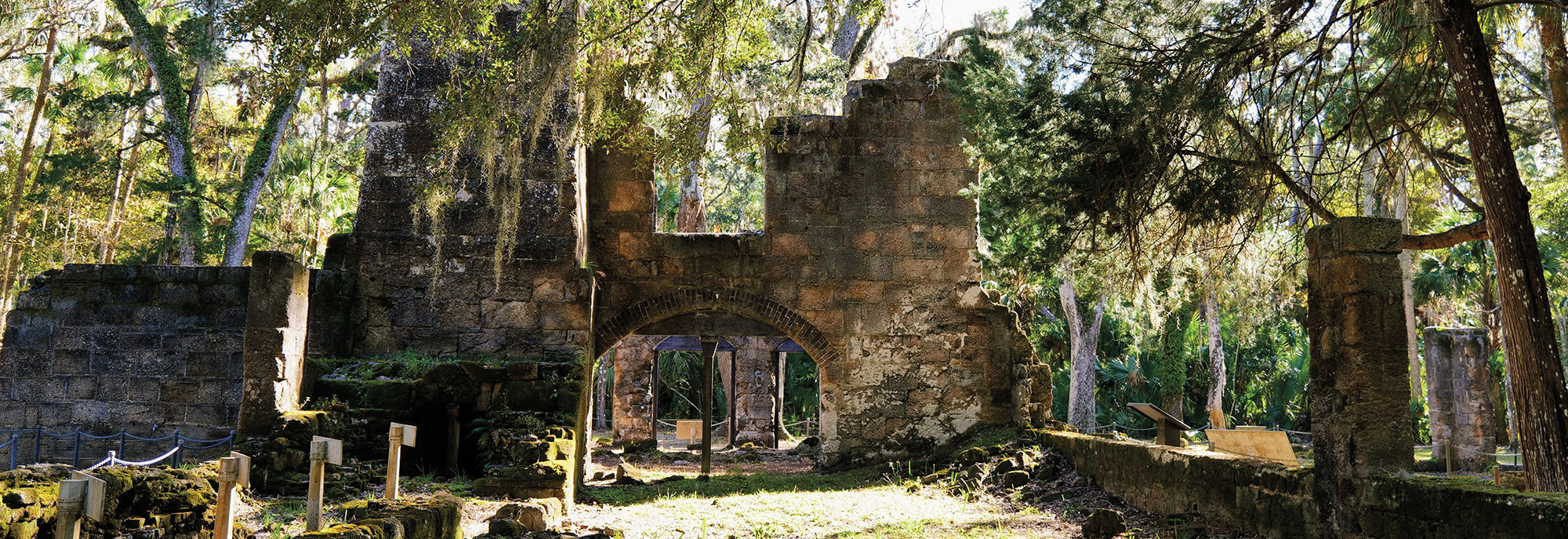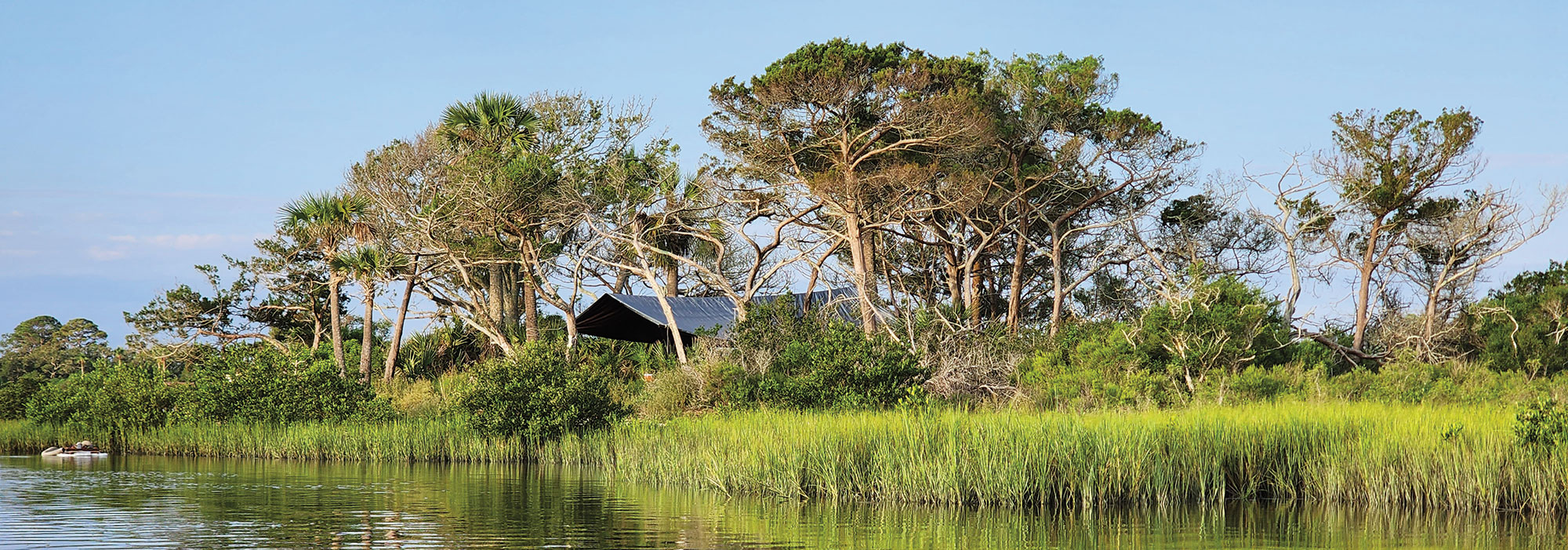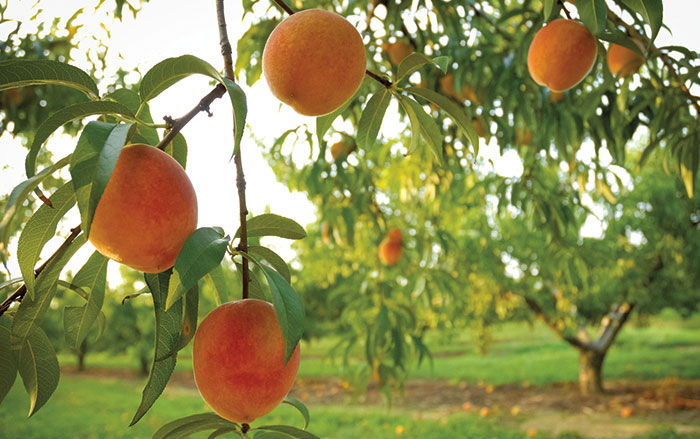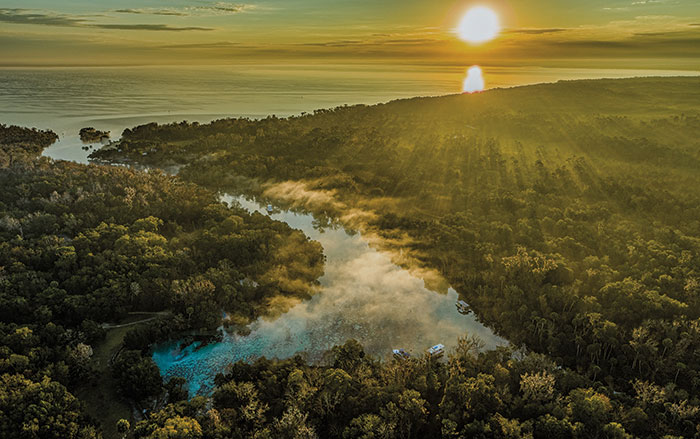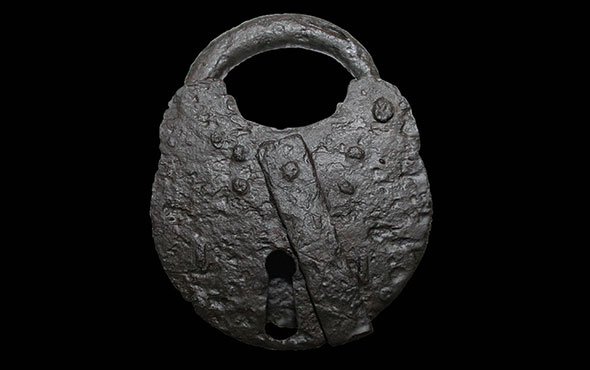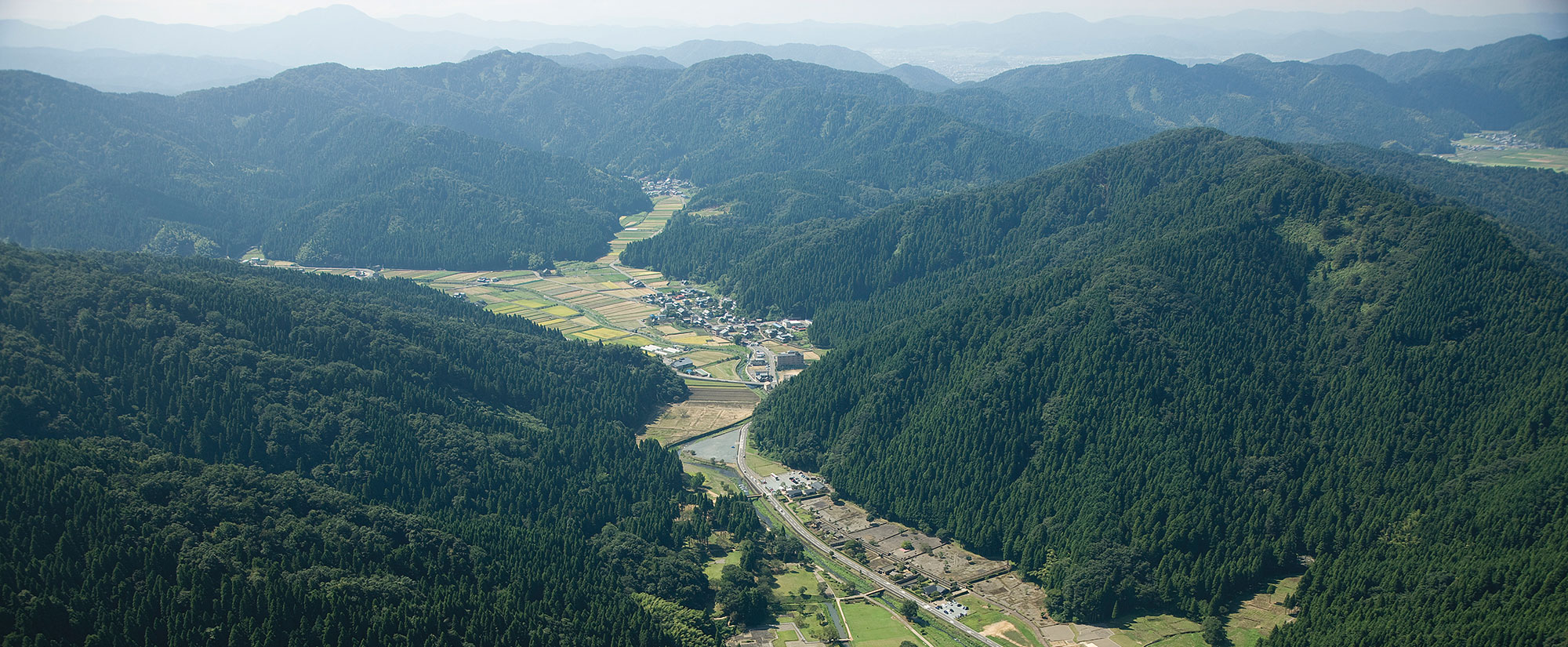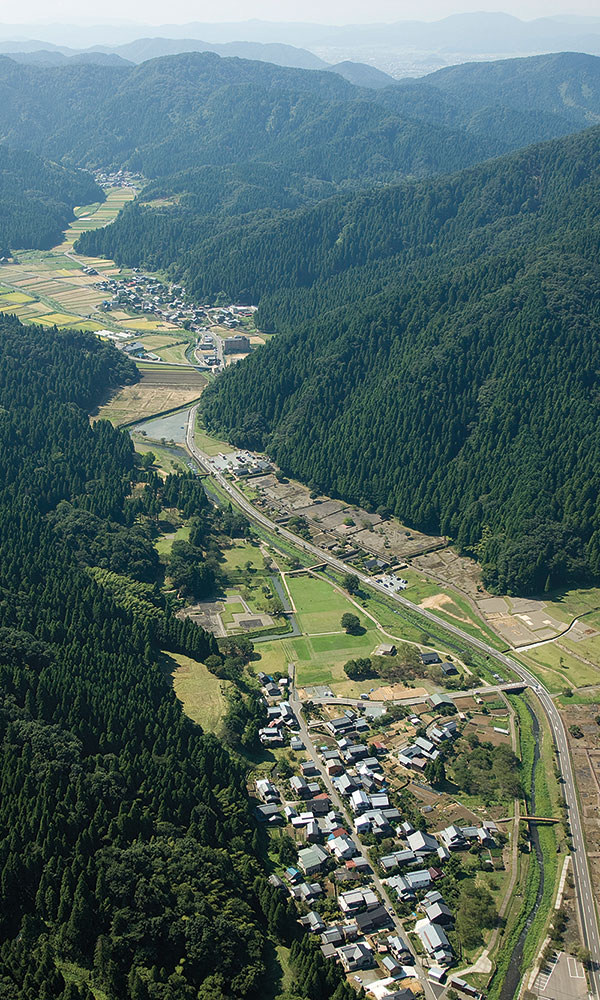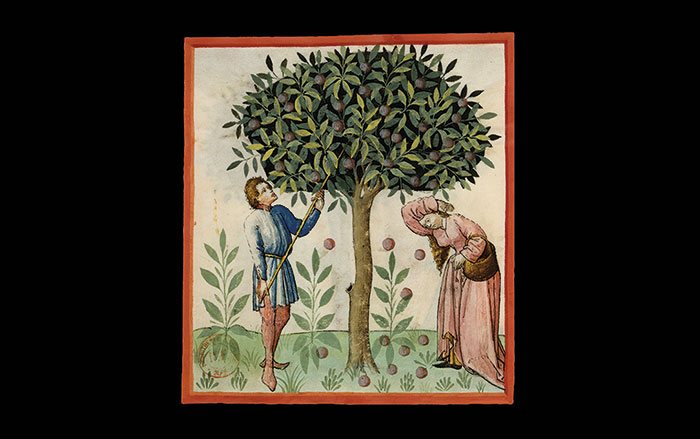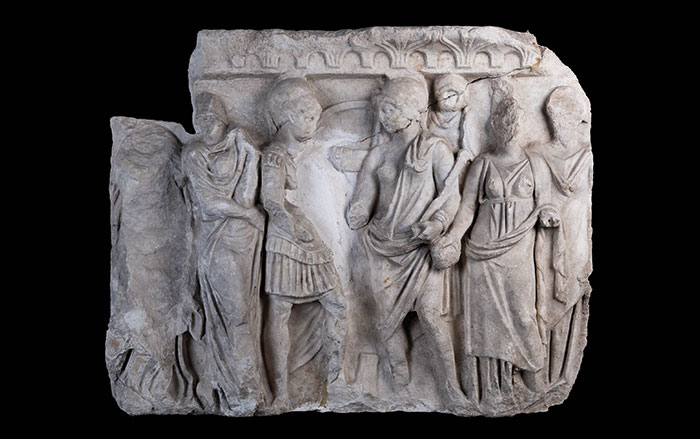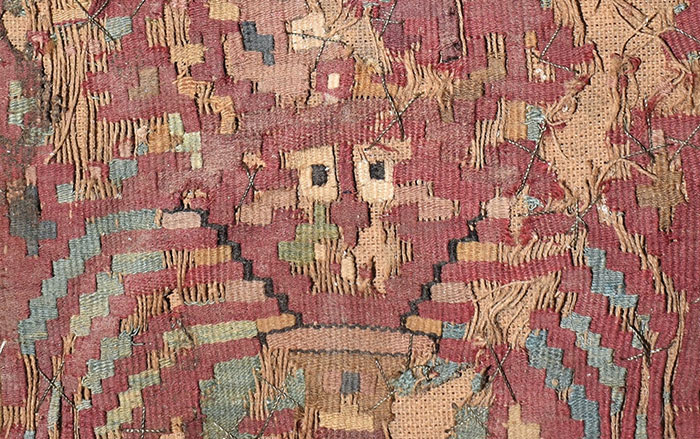
Seventy-five miles northeast of Disney World, a tangled forest of palms, pines, and mossy oaks nearly reclaims the charred remnants of Bulow Plantation and the hulking ruins of its massive steam-powered sugar mill. The largest sugar plantation in eastern Florida when it operated from 1821 to 1835, Bulow is now an important site for scholars researching the archaeology of enslavement. During excavations from 2014 to 2018, and through recent archival discoveries, they have revealed a much more complicated and more horrific place than they had previously imagined.

In 1823, two years after the United States acquired Florida from Spain, John Bulow inherited 4,700 acres in what’s now known as Bulow Plantation Ruins Historic State Park. Bulow surrounded his home at what he called Bulowville with a semicircle of 46 cabins to house between 150 and 400 enslaved Africans, according to differing estimates. His contemporaries described Bulow as an unstable, drunken, sadistic monster who built his boat slips using a copious array of discarded liquor bottles. Bulow is known to have tortured the people he enslaved, murdering four of them in his rages. “You just don’t know what he’s going to do,” says archaeologist James Davidson of the University of Florida. The life of an enslaved African at most other plantations was also terrible, but it was predictable. “It’s the unpredictability of Bulow that makes it more terrifying,” Davidson adds. During the Second Seminole War (1835–1842), American troops encamped at Bulowville, imprisoning Bulow, then abandoned the premises in a rush in January 1836, taking the plantation owner with them. Seminoles burned the entire compound a few days later. After a few months, Bulow died of cirrhosis or another type of wasting disease.
Davidson and his team excavated two of the destroyed cabins. At one, just six inches below the topsoil, they found charred corncobs and corn kernels lying on the scorched wooden floorboards. “It was right out of history. They just literally left everything,” says Davidson. “It was startling to see.” They also found artifacts of enslaved life. These included handcrafted tools for working with textiles such as clay spindle whorls, a tool for lacemaking fashioned from a cow’s rib, and a spool carved from a shark vertebra. A decorated blue-and-white plate lay shattered on the floor, fragments of a high-end import from Staffordshire, England. Gunflints, percussion caps, and musket balls found at the Bulowville cabins were likely left by the troops, but proprietors of nearby plantations did sometimes arm enslaved Africans. “Slavery isn’t monolithic,” says Davidson. “Every experience is unique.”
THE SITE
The cabins are filled in, although the stone outlines of a subfloor pit—a storage space for food and personal possessions—are visible in one cabin. At the sugar mill, two chimneys still stand more than 30 feet tall. A short walk around the complex shows how it functioned: Sugarcane was crushed in the boiling house, and the juice was heated and ladled into a series of kettles until it became granulated. In rooms called purgeries, molasses was drained from crystallized sugar. Little is left of the demolished main house, although the boat slips in Bulow Creek are still visible.
WHILE YOU’RE THERE
The Seminoles effectively ended the experiment of sugar production in eastern Florida. Other 1830s sugar mills near Bulow had strange afterlives. The evocative Cruger-dePeyster Plantation ruins were touted in the early twentieth century as Columbus’ chapel or a Spanish mission, before scholars proved otherwise. Dunlawton Plantation’s ruins were reimagined in 1948 as Bongoland, a now sadly defunct dinosaur-themed amusement park. “Life-size” T. rex and Stegosaurus models are still stationed around the sugar works. For an Old Florida–style stay or snack near Bulow Plantation, try the Golden Magnolia in Flagler Beach, an oceanfront B&B in a 1945 house built by the town’s first mayor.



